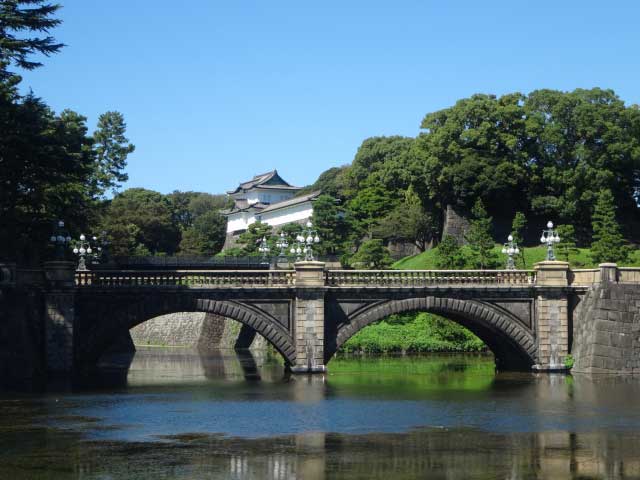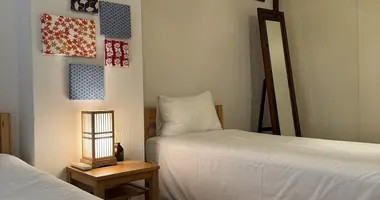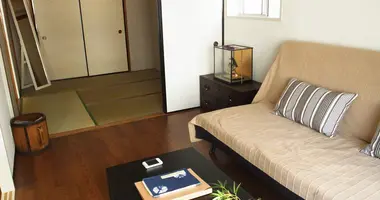Edo Castle: The Seat of Power during the Tokugawa Shogunate
- Published on : 27/05/2024
- by : Japan Experience
- Youtube

Edo Castle was the residence of the Tokugawa shoguns who ruled Japan from 1603 to 1867. It was the center of political power in Japan during the Edo period. The castle grounds were vast, with the site expanding over time to cover an area that included parts of modern-day Tokyo.
History of Edo Castle
Edo Castle was built in 1457 by Ōta Dōkan. Tokugawa Ieyasu made it his base in 1590 after being offered eight eastern provinces by Toyotomi Hideyoshi. Construction continued under subsequent shoguns, with the castle reaching its largest extent in the early 17th century.
The castle came under the control of warlord Tokugawa Ieyasu in 1590. After his victory at the Battle of Sekigahara, Edo Castle became the center of the Tokugawa regime. Edo Castle grew in size over the following years and had a perimeter of 16 km by 1636.
Layout and Architecture
The castle grounds were divided into different wards, or citadels (Honmaru, Ninomaru, Sannomaru, Nishinomaru, Fukiage, Kitanomaru). It featured an elaborate system of moats, large stone walls, keeps, defense houses and gates for protection.
The main keep was five stories tall, the highest in Japan at the time, but was destroyed by fire and not rebuilt. Other notable structures included the Fujimi-yagura keep, Fujimi-tamon defense house, and multiple gates like the Ōte-mon main gate.

Center of Tokugawa Administration
Edo Castle was the residence of the shoguns and the headquarters of the military government. The castle housed a garrison of armed men whose numbers were reported to be in the tens of thousands.
Under the sankin-kōtai system, daimyōs (feudal lords) were required to maintain residences near the castle. This allowed the shogunate to keep the daimyōs under close supervision and control.
Destruction and Legacy
The castle experienced several fires over the centuries which destroyed parts of it, including the main keep. After the fall of the shogunate in 1868, the castle became the residence of the Emperor and was renamed Tokyo Castle.
Much of the castle was destroyed during World War II, but some structures like moats, walls and gates remain to this day. These remnants attest to the former size and grandeur of Edo Castle.

Fujimi Yagura, Edo Castle & Walls, Tokyo, JapanTatsumi-yagura at Kikyo-bori moat, Edo Castle, Tokyo, Japan
Edo Castle Today
The castle site is now part of the Tokyo Imperial Palace, residence of the Emperor of Japan. The East Gardens of the Imperial Palace are located on the former castle grounds and are a popular tourist spot.
Edo Castle played a key role in Japanese history and its legacy can still be seen in the layout of Tokyo today. Nearby landmarks like the Marunouchi district, Tokyo Station, Nippon Budokan, Science Museum, National Museum of Nature and Science, National Museum of Modern Art and MOMAT Crafts Gallery are all located on what were once the outer areas of Edo Castle. Taking a stroll around the former castle grounds provides a glimpse into this pivotal period of Japan's past.
View a Google Map of Edo Castle and the Imperial Palace.
Read more about Japanese Castles.
Books on Tokyo Japan.

Edo Castle, Tokyo, Japan




























